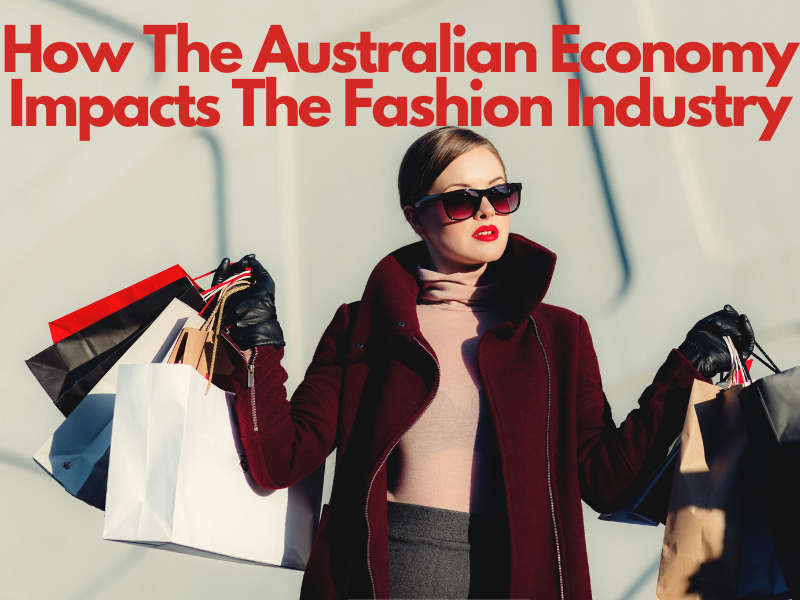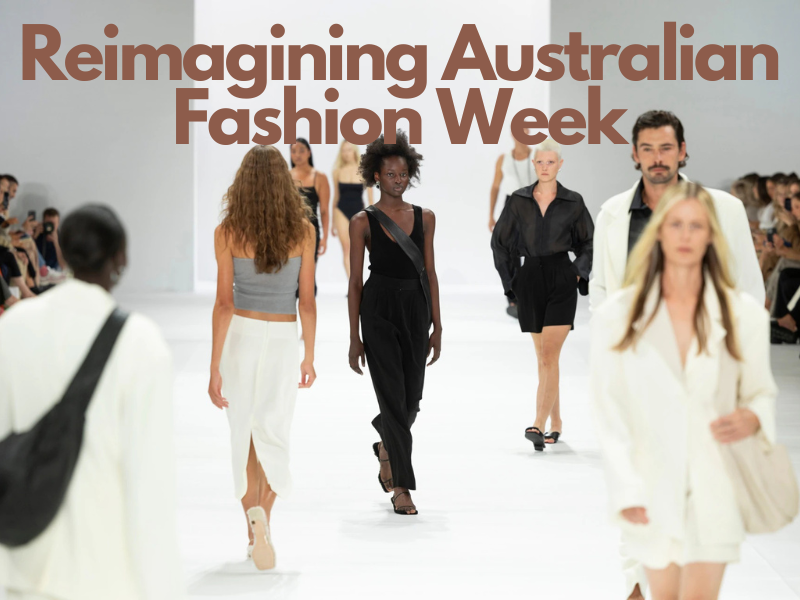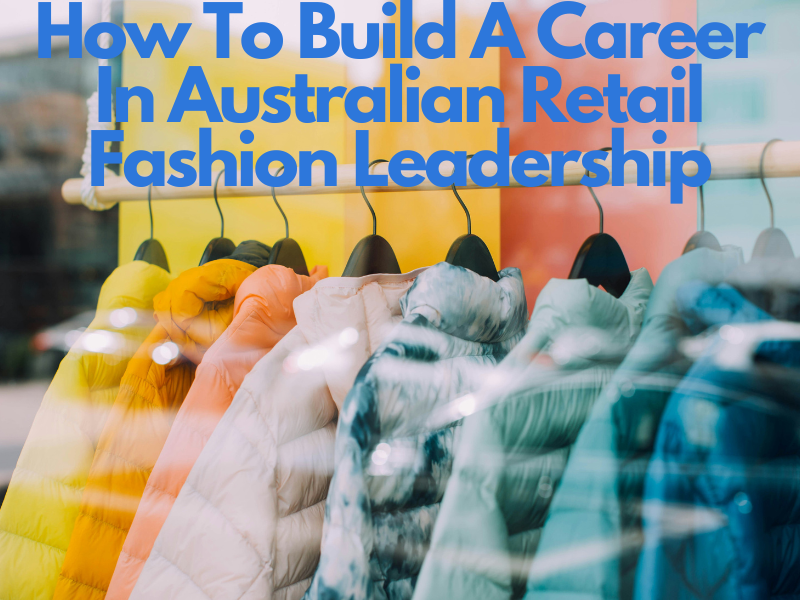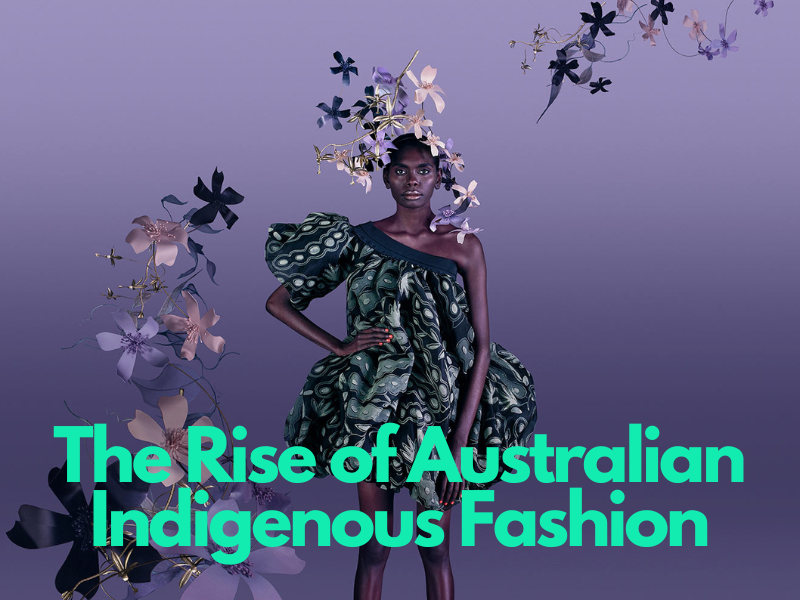Growing movement towards circularity in fashion manufacture and production
There has been a significant and growing movement towards circularity in fashion manufacture and production.
Consumers have become increasingly conscious of the environmental and social impacts of their shopping, resulting in more considered purchasing behaviour. The concept of restorative fashion has emerged as an opportunity for brands to demonstrate their approach to sustainability.
So what is restorative fashion and why is it important in driving sustainability?
The process of restorative fashion focuses on restoring and rejuvenating garments within the fashion ecosystem. Often the goods that are returned, are garments with faults. Time is taken to repair and restore the goods, which are then sold to consumers at a discounted rate. Australian retailer
Kathmandu has recently received positive press for their Redo Program, backed by a $150k grant from Sustainability Victoria, currently a pilot program which refreshes and fixes faulty goods returned to two of its Melbourne stores. While this is a positive step for the brand, the process is also slow and costly. Sustainability Consultant Aleasha McCallion who worked with Kathmandu on Redu, reveals: “We are spoilt as consumers…we can have everything we want delivered, very fast. We have devalued clothing as a result.”
The Australian Circular Fashion Association estimates that 30% of all online clothing purchases in Australia are returned and the majority of businesses are not set up to manage garments that are damaged in the process.
Dr. Clara Vuletich, a leading
sustainability consultant and researcher, believes that ‘restorative fashion represents a shift from the traditional linear take-make-dispose model to a circular system that keeps materials and products in use for as long as possible.’
The role that consumers play in restorative fashion is crucial. Buying fewer, better quality pieces, looking after them and repairing them is a key part of moving towards a more circular fashion economy. Restorative fashion aligns with the principles of slow fashion, encouraging a shift away from mass production and disposable trends.
Melinda Tually, is a Good Design Australia award winner, former Deputy Chair of the Fair Trade Association of Australia and New Zealand and founded the Australian and New Zealand arms of the global not for profit, Fashion Revolution. She explains: ‘Restorative fashion promotes timeless design, high-quality craftsmanship, and emotional durability.’ By valuing longevity and emotional connection to garments, slow fashion fosters a sustainable relationship between consumers and their clothing, reducing the need for constant consumption.
Collaborations between fashion designers, researchers, and industry experts are driving innovations in restorative fashion.
The Australian Circular Fashion Conference, an annual event showcasing sustainable fashion practices, has become a hub for these collaborations. Camille Reed, founder and director of the conference, states, "Through partnerships and knowledge-sharing, we are paving the way for restorative fashion in Australia, exploring innovations like textile recycling and
regenerative farming."
We’d love to speak to clients and candidates with experience on fashion circularity.
Permanser Consulting - Recruitment Specialists in the Fashion / Textile / Lifestyle / Accessories Industries.
Tanya, Amy & Natalie at Permanser Consulting
E admin@permanser.com.au
P (03) 9654 5988










